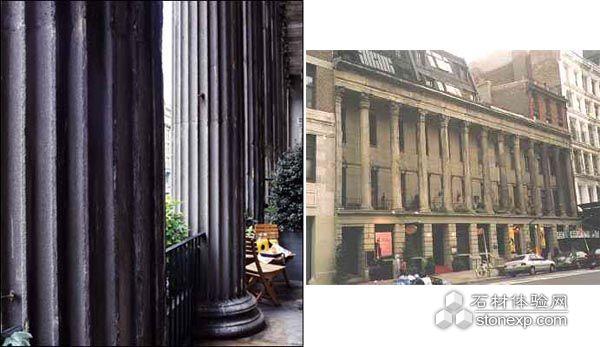The Mystery of The Lost City
|
The grand facade was part of the allure, like the fake gold on a Donald Trump building, although a bit more demure. The expanse of gleaming white was a deluxe contrast to the severe red brick of the preceding Federal period.
The developer, Seth Geer, had made a sharp deal with authorities at Sing Sing prison to have convict labor work the Westchester marble, at a very steep discount from commercial rates. According to an article in The New York Tribune in 1902, stonecutters rioted in protest and the militia was called out.
Generations of students wandered into the woods for nonacademic purposes, encountering a mysterious group of tumbled Corinthian capitals, column drums, wreaths and cornices that came to be known as the Lost City.
|






